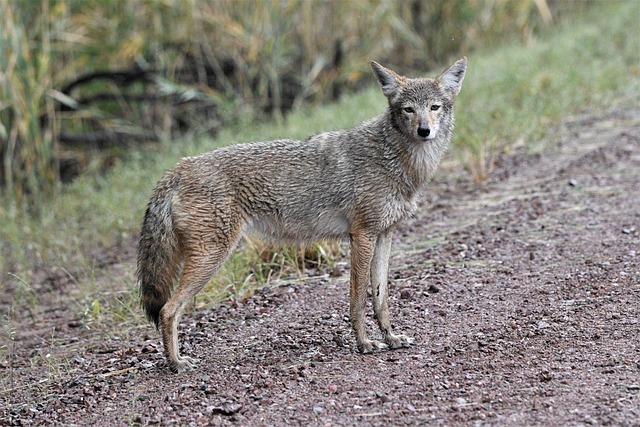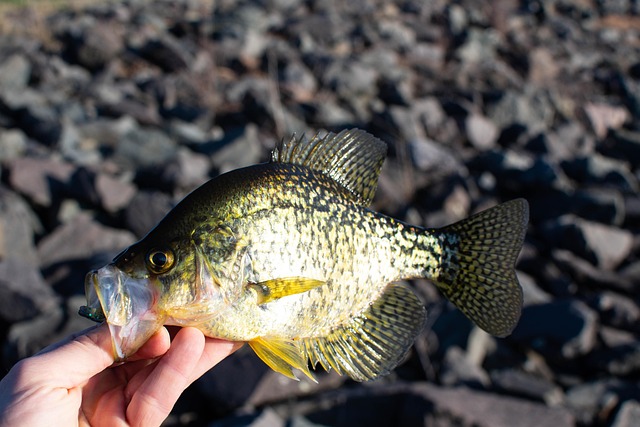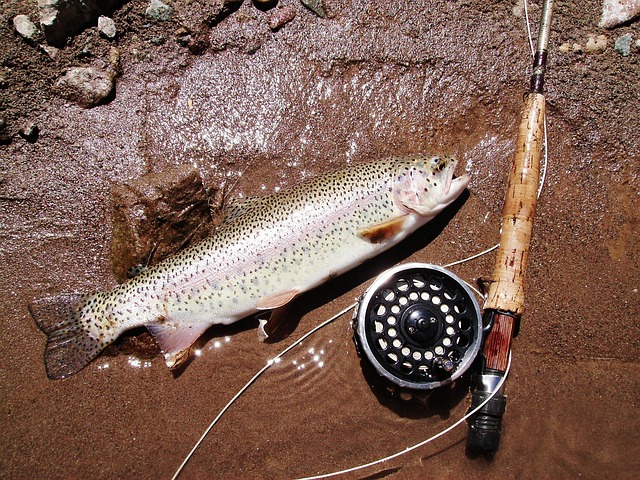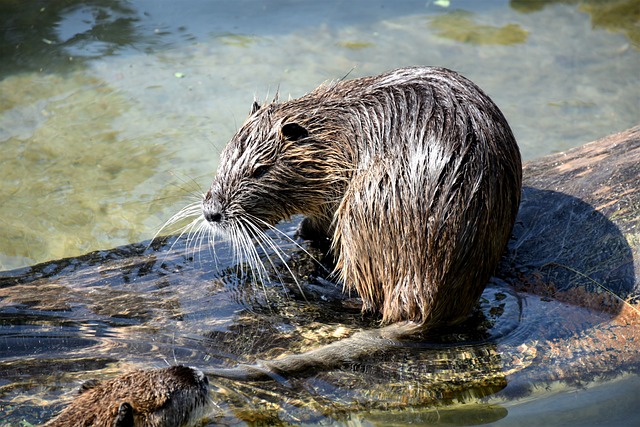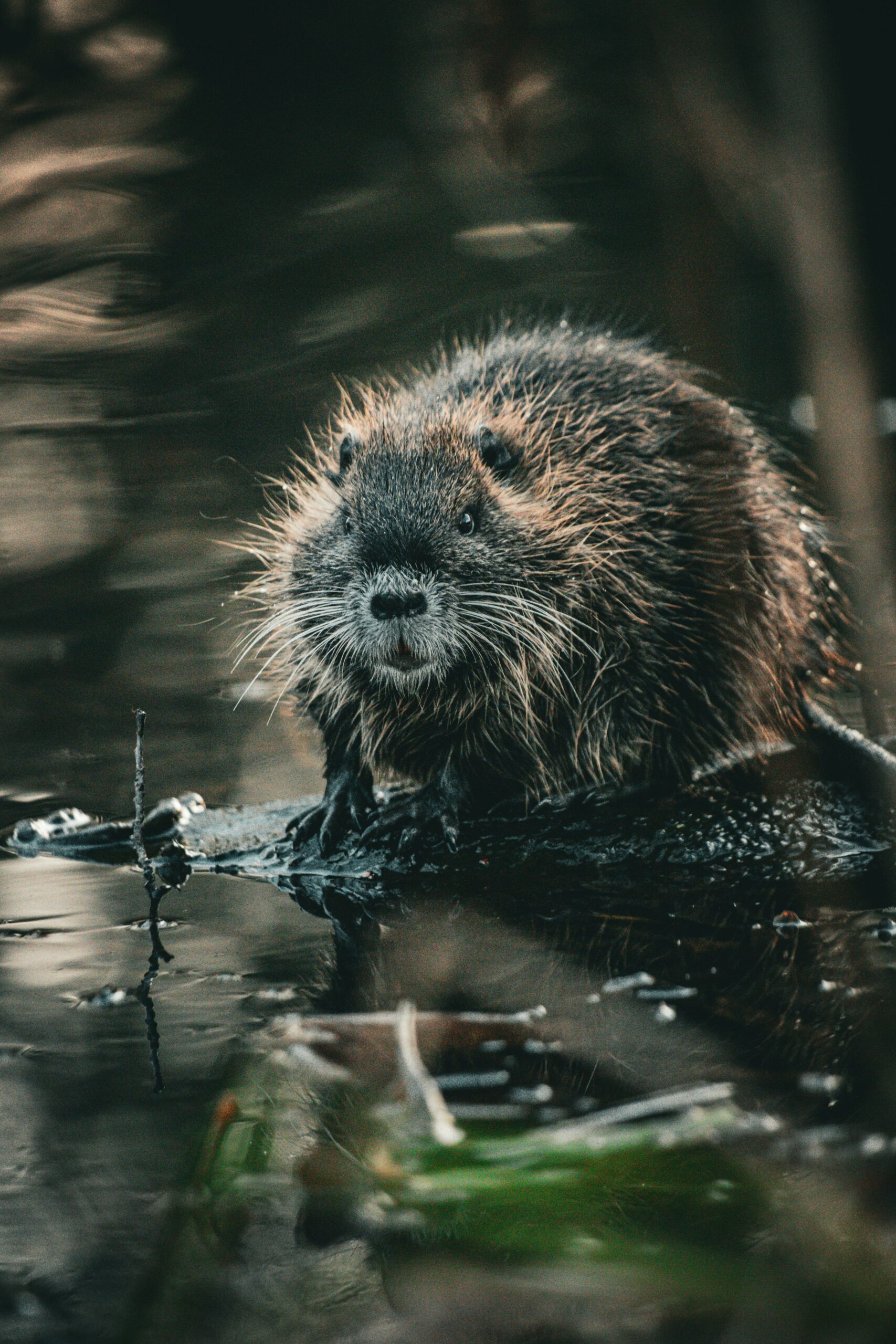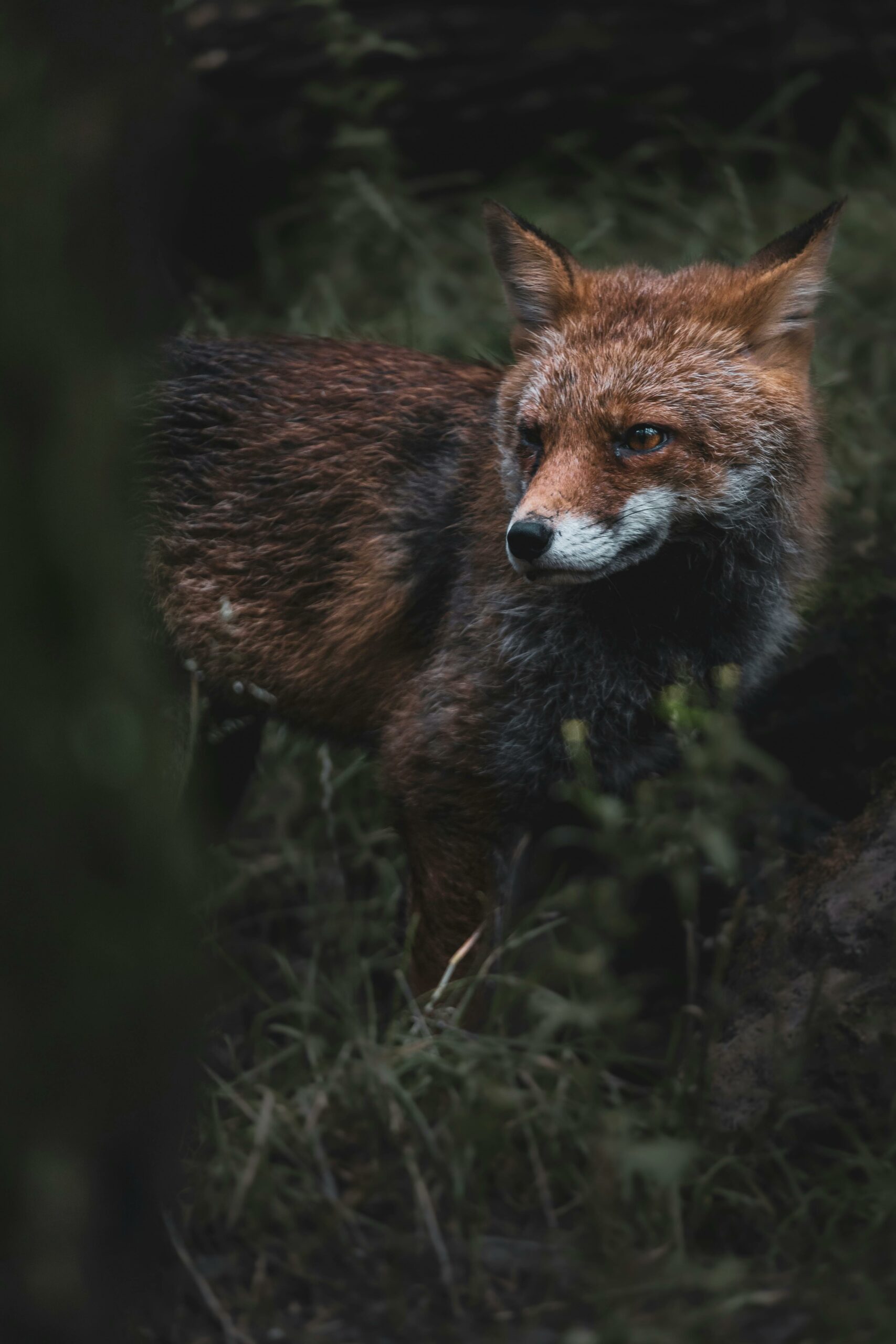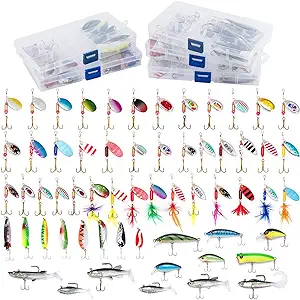Coyotes are a common sight in many regions, and with the arrival of spring, their presence can pose significant risks to our beloved pets. Understanding the behavior and habits of coyotes during this season is crucial for ensuring the safety of our furry companions. This article delves into the dangers that coyotes pose to pets in the spring, exploring the reasons behind their potential threats and providing valuable insights into preventive measures and appropriate responses. By familiarizing ourselves with the nature of this hazard, we can better equip ourselves to protect our pets and uphold their well-being in the face of coyote encounters.
Understanding the Threat: Coyotes in the Spring
An Overview of Coyote Behavior
Coyotes are known for their intelligence and adaptability, making them highly successful predators. They are opportunistic feeders, preying on small mammals, birds, and even fruits and vegetables. Their natural instincts drive them to hunt and scavenge for food to survive.
Seasonal Patterns of Coyote Activity
In the spring, coyotes become more active as they prepare for mating season and raising their young. This increased activity can lead to more encounters with humans and pets. Understanding these seasonal shifts in behavior can help pet owners take necessary precautions to protect their furry companions.
Risks to Pets: How Coyotes Pose a Danger
Predation on Pets: Understanding the Natural Instincts
Coyotes view domestic pets as potential prey, especially smaller animals like cats and small dogs. Their predatory instincts drive them to hunt these animals, posing a serious risk to pets that are left unattended outdoors.
Impact of Urbanization on Coyote Behavior
As urban areas continue to expand, coyotes have adapted to living in close proximity to humans. This urbanization can lead to increased conflicts between coyotes and pets as these wild animals encroach on residential areas in search of food and shelter.
Behavior Patterns: Why Coyotes Target Pets in the Spring
Mating Season and Territorial Behavior
During the spring months, coyotes exhibit territorial behavior as they seek mates and establish breeding grounds. This heightened aggression and protectiveness can lead to more confrontations with pets that are seen as intruders in their territory.
Food Scarcity and Preying on Domestic Animals
In periods of food scarcity, coyotes may turn to preying on domestic animals as an easy food source. Pets left unsupervised outdoors can become targets for these opportunistic predators, putting them at risk of being attacked or taken away.
Prevention Strategies: Keeping Pets Safe from Coyotes
Safeguarding Your Property
To protect pets from coyote attacks, it is essential to secure your property by installing fences, keeping pets indoors at night, and removing potential food sources that may attract coyotes. Creating a safe environment for your pets can help reduce the risk of encounters with these wild animals.
Effective Use of Deterrents
Using deterrents like motion-activated lights, sound devices, and scent repellents can help deter coyotes from entering your property. By implementing these preventive measures, pet owners can discourage coyotes from approaching and protect their beloved furry friends from potential harm.
Outdoor Safety Measures: Steps to Minimize Risks
From keeping your pets on a tight leash to securing your backyard, there are plenty of ways to reduce the chances of your furry friends encountering coyotes.
Safe Outdoor Practices for Pets
Keep your pets supervised when outdoors, especially during dawn and dusk when coyotes are most active. Ensure your yard is properly fenced to prevent any unwanted visitors.
Monitoring Pets During High-Risk Times
Be extra vigilant during peak coyote hours. If your pets are outside, keep an eye on them and bring them indoors if you notice any signs of coyote activity.
Signs of Coyote Presence: Recognizing Warning Signals
Knowing how to spot signs of coyotes in your area can help you take preventive measures to protect your pets.
Identifying Coyote Tracks and
Learn to identify coyote tracks in your neighborhood. Knowing their presence can help you be more cautious when allowing your pets outdoors.
Understanding Vocalizations and Behavior Clues
Familiarize yourself with coyote vocalizations and behaviors. Being able to recognize these cues can help you anticipate potential risks to your pets.
Community Involvement: Working Together to Protect Pets
Building a network within your community can strengthen efforts to keep pets safe from coyote encounters.
Neighborhood Watch Programs
Join or establish a neighborhood watch program to keep an eye out for coyote activity. Working together can make a significant difference in pet safety.
Collaborating with Local Authorities
Coordinate with local authorities and animal control agencies to address any coyote concerns in your area. Together, you can implement strategies to protect pets from potential harm.
Emergency Response: What to Do in Case of a Coyote Encounter
Knowing how to react in the event of a coyote encounter is crucial for ensuring the safety of your pets.
Guidelines for Handling Coyote Encounters
Stay calm and maintain control of your pets during a coyote encounter. Follow recommended guidelines to safely navigate the situation.
Seeking Immediate Veterinary Care for Pets
If your pet has been involved in a coyote encounter, seek immediate veterinary care. Prompt medical attention can help address any injuries and ensure your pet’s well-being.
Closing Thoughts
As spring unfolds and coyote activity increases, it is essential for pet owners to remain vigilant and proactive in safeguarding their beloved animals. By implementing the preventive strategies outlined in this article and staying informed about coyote behavior, we can minimize the risks our pets face from these wild predators. Remember, by working together as a community and taking prompt action when needed, we can ensure that our furry companions stay safe and secure in the midst of potential coyote threats.
